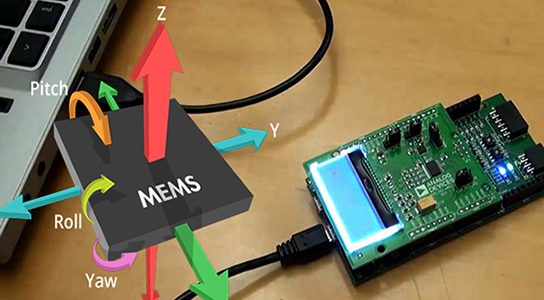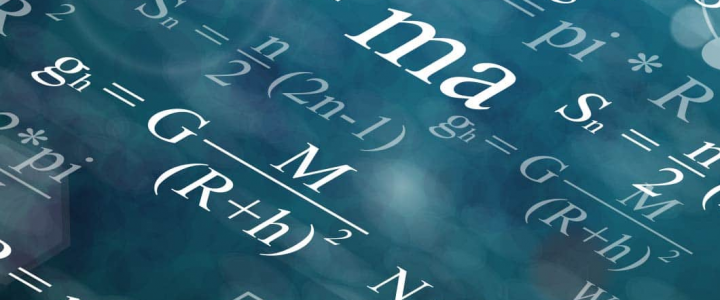| 2 YEAR | 2 semester | 9 CREDITS |
| Prof. Micheletti Andrea Prof. Artioli Edoardo |
2019-20 to 2022-23 |
| MICHELETTI ANDREA – micheletti@ing.uniroma2.it | since 2023-24 |
| Code: 8037955 SSD: ICAR/08 |
OBJECTIVES
LEARNING OUTCOMES: The goal of this course is to provide the student with basic knowledge of the mechanics of linearly elastic structures and of the strength of materials. By completing this class successfully, the student will be able to compute simple structural elements and reasonably complex structures.
KNOWLEDGE AND UNDERSTANDING: At the end of this course, the student will be able to:
- compute constraint reactions and internal actions in rigid-body systems and beams subjected to point/distributed forces and couples
- compute centroid position and central principal second-order moments of area distributions
- understand the formal structure of the theory of linear elasticity for both discrete and continuous systems (beams and 3D bodies)
- analyze strain and stress states in 3D bodies
- compute the stress state in beams subjected to uniaxial bending, biaxial bending, eccentric axial force
- understand the behavior of beams subjected to shear with bending and torsion
- understand how to compute displacements/rotations in isostatic beam systems, how to solve statically underdetermined systems, how to apply yield criteria, and how to design beams against buckling
APPLYING KNOWLEDGE AND UNDERSTANDING: The student will apply the knowledge and understanding skills developed during the course to the analysis of practical problems. This includes the analysis of linearly elastic structures and structural members in terms of strength and stiffness.
MAKING JUDGEMENTS: The student will have to demonstrate his awareness of the modeling assumptions useful to describe and calculate structural elements, as well as his critical judgment on the static response of elastic structures under loads, in terms of stresses, strains, and displacements.
COMMUNICATION SKILLS: The student will demonstrate, mostly during the oral test, his capacity of analyzing and computing the static response of linearly elastic structures, as well as his knowledge of the underlying theoretical models.
LEARNING SKILLS: The student will get familiar with the modeling of structures and structural elements in practical problems, mostly during the development of his skills for the written test. This mainly concerns discrete systems, beams, and three-dimensional bodies.
COURSE SYLLABUS
- Review of basic notions of vector and tensor algebra and calculus.
- Kinematics and statics of rigid-body systems.
- Geometry of area distributions.
- Discrete linearly elastic systems, static-kinematic duality, solution methods.
- Strain and stress in 3D continuous bodies and beam-like bodies.
- Virtual power and virtual work equation for discrete systems, beams, and 3D bodies.
- One-dimensional beam models: Bernoulli-Navier model, Timoshenko model, constitutive equations, governing differential equations.
- Constitutive equation for linearly elastic and isotropic bodies, material moduli.
- Hypothesis in linear elasticity, equilibrium problem for linearly elastic discrete systems, beams, and 3D bodies.
- Three-dimensional beam model: the Saint-Venant problem, uniaxial and biaxial bending, eccentric axial force, shear and bending, torsion.
- Elastic energy of beams and 3D bodies, work-energy theorem, Betti’s reciprocal theorem, Castigliano’s theorem.
- Yield criteria (maximum normal stress, maximum tangential stress, maximum elastic energy, maximum distortion energy).
- Buckling instability, bifurcation diagrams, load and geometry imperfections, Euler buckling load, design against buckling.
- Basic notions on the finite element method and structural analysis software.

 UNIVERSITA' DEGLI STUDI ROMA "TOR VERGATA"
UNIVERSITA' DEGLI STUDI ROMA "TOR VERGATA"



